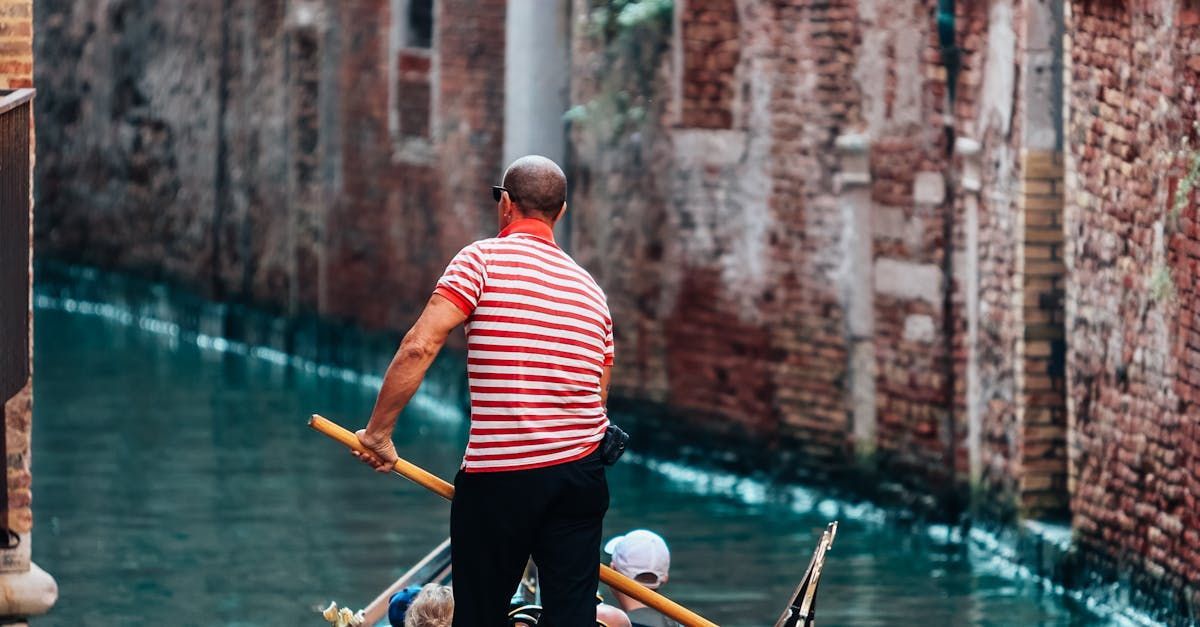The Gondoliers of Venice: Traditions, Rules, and History
Introduction

The gondoliers of Venice are
iconic figures in the city, renowned for their skill in maneuvering the elegant gondolas through the narrow and fascinating canals. Their traditions,
the rules of their guild, and their distinctive attire are fundamental elements of Venetian culture. In this article, we will explore the
traditions of gondoliers, the rules of their guild, the "mariegole," and how they dressed in the past.
The Traditions of Gondoliers
The traditions of gondoliers are rooted in the history of Venice and reflect their importance in the city's daily life. Since the Middle Ages, gondoliers have played a crucial role in transporting people through Venice's network of canals. Their skill in maneuvering gondolas in tight spaces and under low bridges has been passed down through generations.
A fundamental aspect of the gondolier tradition is their singing. The
"barcaroli" are known for singing
traditional Venetian songs, often accompanied by musical instruments. This not only entertains passengers but also creates a unique and evocative atmosphere that makes the gondola experience even more special.
The Guild Rules: The Mariegole
The "mariegole" were the rules and regulations that governed the gondoliers' guild. These statutes outlined the duties, responsibilities, and conduct that gondoliers had to follow. The mariegole also regulated access to the profession, ensuring that only the most qualified candidates could become gondoliers.
In the past,
gondoliers had to undergo a rigorous apprenticeship, often starting at a young age. The apprenticeship included learning
navigation techniques, knowledge of the canals, and the ability to handle gondolas in all weather conditions.
The Number of Gondoliers in the Past
In the past, the number of gondoliers was much higher than today. In the 17th century, it is estimated that there were about 10,000 operational gondoliers in Venice. This number reflected the importance of gondolas as the main means of transportation in a city built on water.
The Traditional Attire of Gondoliers
The
traditional attire of gondoliers is one of the most recognizable aspects of their figure. Historically,
gondoliers wore a white shirt and dark pants. However, the most iconic distinctive element is undoubtedly the striped shirt, generally black and white or blue and white. This attire is completed with a straw hat, often decorated with a colored ribbon.
How Many Gondoliers on Each Gondola
Traditionally, each gondola was maneuvered by a single gondolier. This is because the shape and design of the gondola require precise rowing techniques that only an experienced gondolier can effectively manage. However, for special events or historical regattas, it is possible to see gondolas with more than one gondolier.
Conclusion
The gondoliers of Venice are not just symbols of the city but also custodians of a tradition that has spanned centuries. Their skills, the rules of their guild, and their traditional attire contribute to creating a unique experience for anyone visiting Venice. The next time you take a gondola ride, remember to appreciate the history and culture that each gondolier represents.









